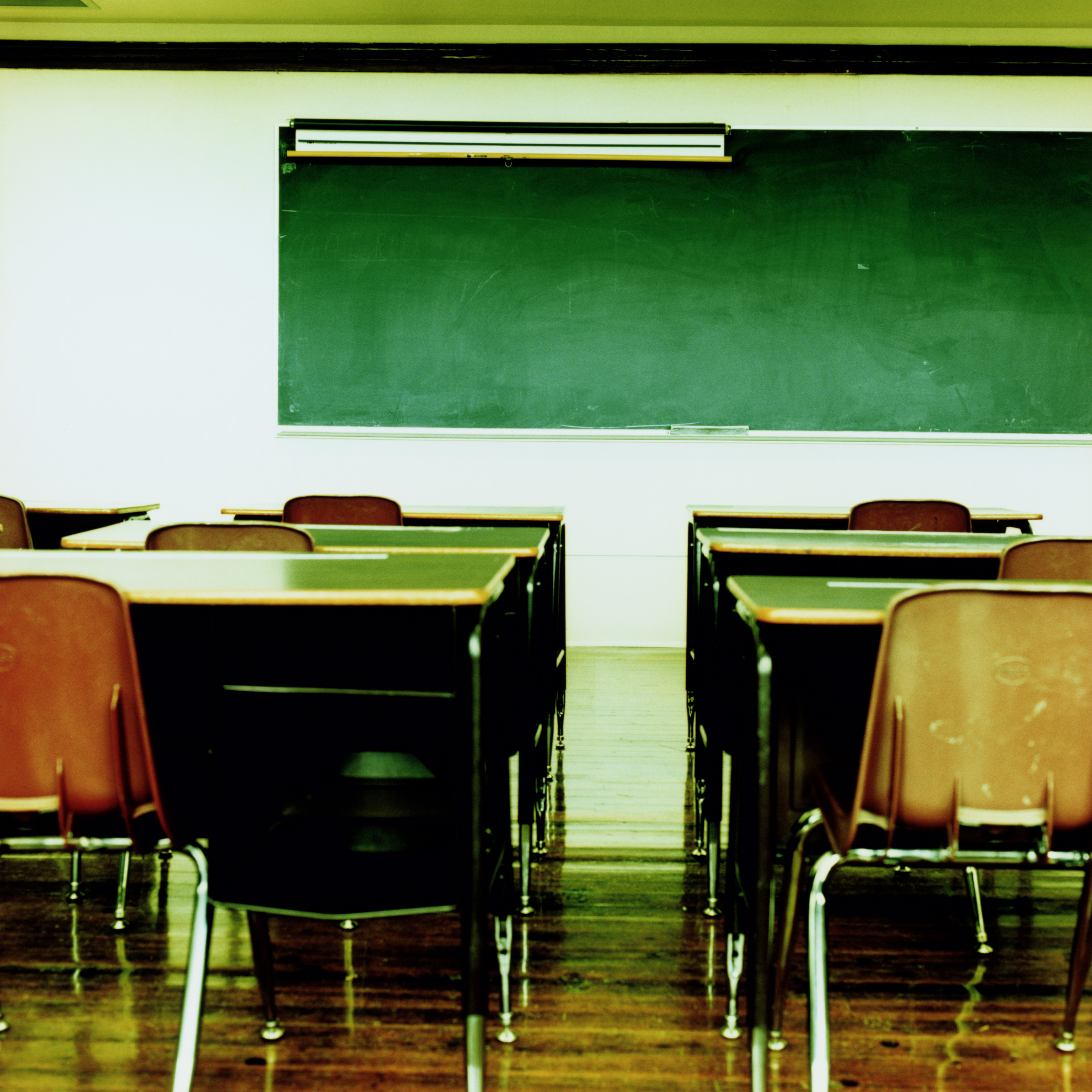Economy
Massachusetts Has Best Public Schools in America

Published:
Last Updated:

24/7 Wall St. reviewed education data for each state from the 2015 Quality Counts report released annually by Education Week. The report assessed measures in three broad categories that can determine the strength of a school system: school finances, student achievement and environmental factors. Massachusetts leads the nation as the state with the best public schools.
Socioeconomic and other environmental conditions, for example, tend to change only over long periods of time. The prevalence of poverty and education levels among parents are major determining factors of public school quality. In the United States, 56% of children are raised in households with income at least double the poverty level. In all but two of the states in the top half of the rankings, this share is greater. Conversely, this was the case in only four of the 25 lower ranked states.
School districts in high-income areas tend to have larger school budgets. Average annual per pupil school spending exceeds the national average of $11,667 in 21 of the 25 states at the higher end of EdWeek’s ranking. At the lower end of the spectrum, educational expenditure in only three states exceeds the national average.
At the same time, depending on the spending distribution among school districts, not all students in a given state can benefit from the state’s supposed high spending. In fact, states that spend the most per pupil each year also tend to have the least equitable funding distributions. All 10 states with the widest gap in education spending between the most well-funded schools and the most underfunded schools spend more per pupil per year than the corresponding national average of $11,667. Per pupil spending in Vermont and Alaska is higher than in every other state, yet the spending gap between the best funded 5% of school districts and the worst funded 5% of school districts is also higher than anywhere else in the country.
[ims_survey]
Standardized test results are one of the few ways to measure and compare academic success among states. U.S. students do not perform well on these tests. Massachusetts leads the nation as the only state where over half of fourth and eighth graders are deemed proficient in mathematics. In no state are more than half of fourth and eighth graders deemed proficient in reading.
To identify the states with the best and worst schools, 24/7 Wall St. used Education Week’s Quality Counts 2016 report. The report is based on three major categories: chance for success, finances and K-12 achievement. The chance for success category includes data on family income, parent education and employment, child schooling and employment opportunities after college. Graduation rates are defined as the percentage of public high school students who graduated on time with a standard diploma for the 2011-12 school year. All other data are from the most recent available year, and are based on Education Week’s analysis of data from the U.S. Census Bureau. The finance category incorporates metrics on cost-adjusted per-pupil spending and how equitably spending was distributed across districts in the state in 2013. The K-12 achievement category uses 2015 test score data from the National Assessment of Educational Progress (NAEP). Each category was weighted equally in determining the final ranking.
Massachusetts public schools are the best in the nation, according to the most recent Quality Counts report. The state’s strong social and economic conditions, which have also contributed to relatively large school budgets, have bolstered graduation rates and helped drive up standardized test scores. High incomes do not guarantee a good education, but students from financially stable households tend to perform better academically. Of children in Massachusetts, 70.2% live in families with incomes at least double the poverty level, the highest proportion of any state. The education levels among older state residents are also very high. Massachusetts is the only state in the nation where more than half of all adults have a postsecondary degree.
The per-pupil spending in Massachusetts was $13,347 in the latest report, which is the 13th largest among the states. The high school graduation rate is 86.0%, which is the 12th highest, and the percentage of eligible children enrolled in preschool: 58.5%, or the third highest in the United States.
Start by taking a quick retirement quiz from SmartAsset that will match you with up to 3 financial advisors that serve your area and beyond in 5 minutes, or less.
Each advisor has been vetted by SmartAsset and is held to a fiduciary standard to act in your best interests.
Here’s how it works:
1. Answer SmartAsset advisor match quiz
2. Review your pre-screened matches at your leisure. Check out the advisors’ profiles.
3. Speak with advisors at no cost to you. Have an introductory call on the phone or introduction in person and choose whom to work with in the future
Thank you for reading! Have some feedback for us?
Contact the 24/7 Wall St. editorial team.